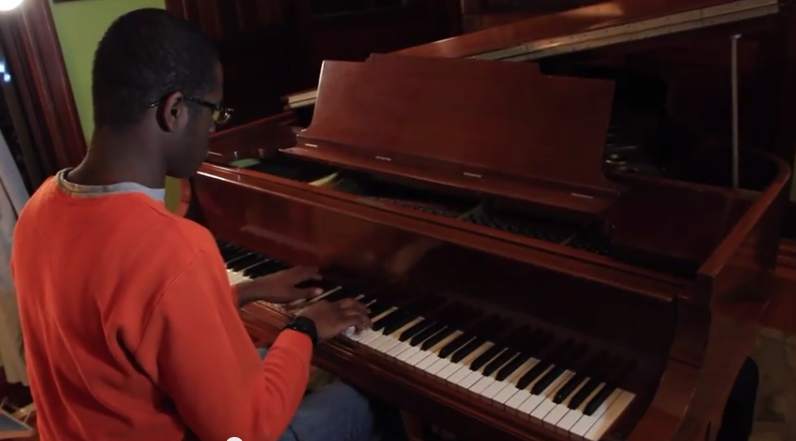There are so many things I like about this story, not the least of which is I know music helps our kids! Since the goal with many of our kids is to create new connections in the brain, and the part of the brain that processes music, & singing is different from the part of the brain that processes speech, I've been pushing music on Nicky for years. He loves music, he likes to sing his favorite songs (with prompting) which makes music a fun and easy educational tool. I have also learned Nick has favorite songs, which is exciting all by itself. Bottom line, music is great for him and for me :) Yippee! I'm thinking it will help with math too...well I'm praying!
BTW - anything that works on brain trauma patients has potential to help our kids who need to build new connections in the brain. Music is just one of those tools.
Piano Helps Siblings With Autism to Mature, Find Their Voices
Justin Brown and his sister Serena didn’t benefit much from traditional therapies to help autistic children. But when they were 8 and 7 years-old, they met Rutgers University instructor Karen Kowalski who teaches piano to kids with special needs.
“I’ve seen my children mature and grow,” said Monica Brown of the alternative therapy. “They’re much more open and much more focused.”
“Piano brought my children back to me,” says the grateful mom from Somerset, New Jersey.
WATCH the video below from Rutgers News…
